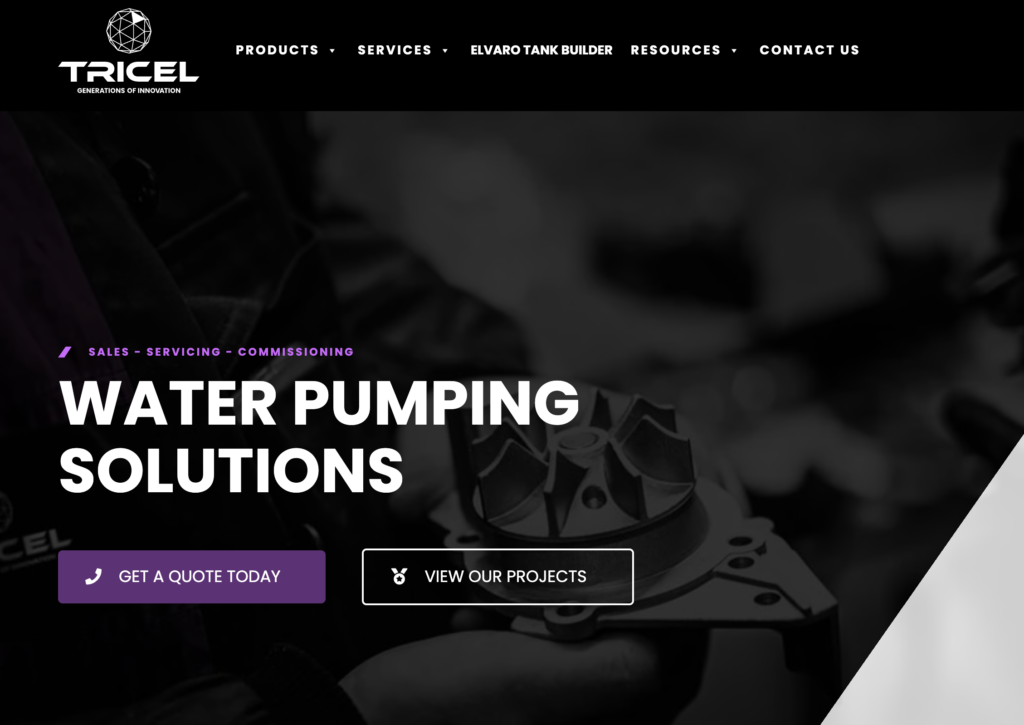Fire Misting Tanks vs Fire Sprinkler Tanks: A Comparative Guide
Home » Product Guides & Comparisons » Fire Misting Tanks vs Fire Sprinkler Tanks
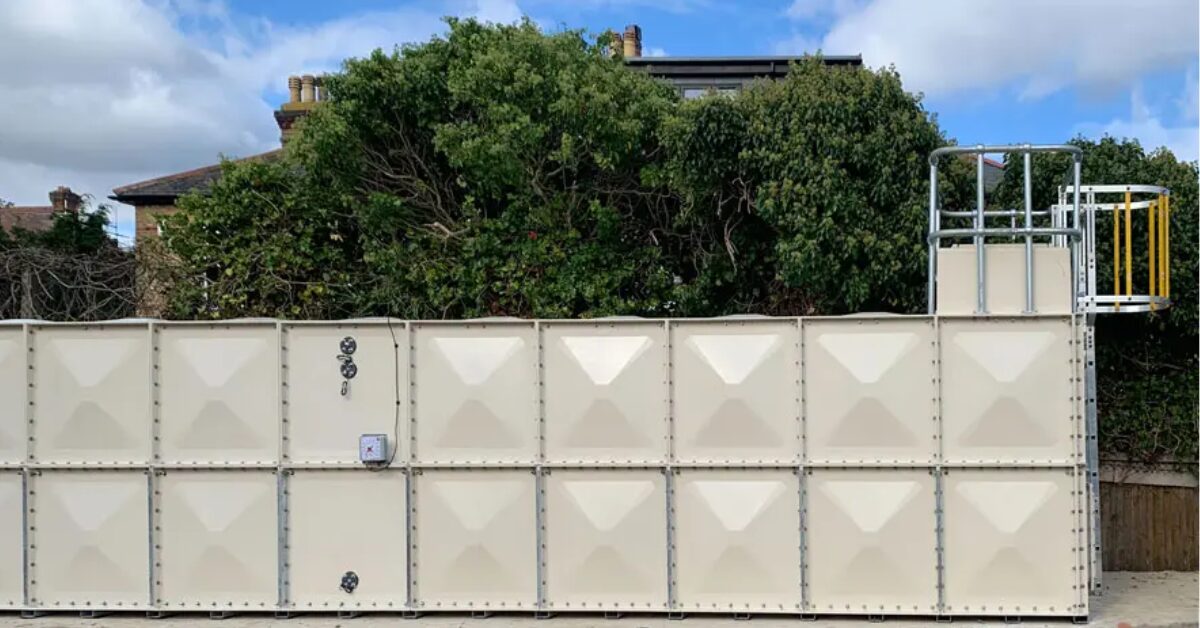
When selecting a fire suppression system, it’s crucial to understand the differences between fire misting tanks and fire sprinkler tanks. Both systems are designed to store and deliver water in the event of a fire, but they operate using different principles and are suited to different environments. Choosing the right system can significantly impact the effectiveness of fire suppression, the extent of water damage, and the overall safety of the building and its occupants.
Key Differences at a Glance
|
FEATURE
|
FIRE MISTING TANKS
|
FIRE SPRINKLER TANKS
|
|---|---|---|
|
Water Usage
|
Low (uses up to 90% less water)
|
High (requires large volumes of water)
|
|
Droplet Size
|
Ultra-fine mist (50–100 microns)
|
Larger droplets
|
|
Fire Suppression Method
|
Cools, displaces oxygen, reduces heat
|
Cools and wets surfaces
|
|
Water Damage Risk
|
Minimal
|
High
|
|
Tank Size Requirements
|
Smaller tanks due to lower water demand
|
Larger tanks needed
|
|
Installation Areas
|
Ideal for sensitive or confined spaces
|
Suitable for open or high-risk areas
|
|
System Pressure
|
High-pressure misting systems
|
Low to medium pressure
|
Fire Misting Tanks vs Fire Sprinkler Tanks
Understanding Fire Misting Tanks
Fire misting systems work by releasing a fine mist of water through high-pressure nozzles. The ultra-fine droplets rapidly absorb heat, cool the surrounding area, and displace oxygen, effectively suppressing the fire. Because the mist evaporates quickly, it uses significantly less water than traditional sprinkler systems—up to 90% less—making it ideal for environments where water damage must be minimized.
These systems are particularly effective in enclosed or sensitive areas. For example, in residential buildings, especially those with valuable interiors or electronics, misting systems provide fire protection without the risk of extensive water damage. They are also well-suited for heritage buildings, museums, and healthcare facilities where occupant safety and preservation of property are paramount.
Understanding Fire Sprinkler Tanks
Fire sprinkler systems are the more traditional and widely used fire suppression method. They operate by releasing a steady stream of water through sprinkler heads when a fire is detected. These systems are highly effective in large, open spaces and are designed to control or extinguish fires by soaking the affected area.
Due to their higher water demand, sprinkler systems require larger storage tanks. They are best suited for industrial facilities, warehouses, shopping centres, and public buildings where fire loads are high and rapid suppression is critical. Sprinkler systems are also ideal for buildings with existing infrastructure, making retrofitting easier and more cost-effective.
Sustainable Fire Suppression Systems: Fire Misting Tanks vs Fire Sprinkler Tanks
As the demand for environmentally responsible construction grows, sustainable fire suppression systems are becoming a key focus in building design and fire safety planning. . This article compares two common solutions—fire misting tanks and fire sprinkler tanks—to help you understand which is more aligned with sustainability goals.
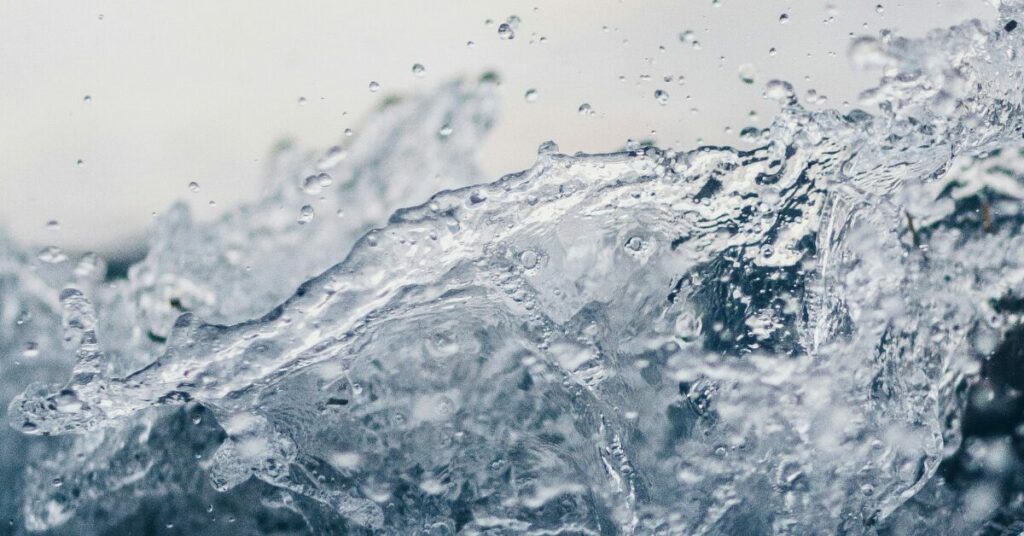
When to Choose Fire Misting Tanks
Fire misting tanks are ideal for:
- Residential buildings where water damage must be minimised.
- Heritage properties with sensitive interiors and valuable artifacts.
- Commercial offices with electronics and data storage.
- Healthcare and care homes where occupant safety is critical and evacuation may be difficult.
When to Choose Fire Sprinkler Tanks
Fire sprinkler tanks are better suited for:
- Large industrial facilities with high fire loads.
- Warehouses storing flammable or combustible goods.
- Shopping centres and public buildings with high occupancy.
- Buildings with existing sprinkler infrastructure, simplifying integration.
Integration with Tricel Water UK Solutions
Tricel offers both fire misting and sprinkler tanks, custom-built using high-quality GRP (Glass Reinforced Plastic). GRP tanks are known for their durability, corrosion resistance, and hygienic properties. Whether your project requires a compact misting tank for a care home or a large sectional sprinkler tank for a warehouse, Tricel provides tailored solutions backed by expert support and compliance with UK fire safety standards.
By understanding the unique benefits and applications of each system, building owners and developers can make informed decisions that enhance fire safety while protecting property and lives.
FEATURED WATER INDUSTRY WHITE PAPER
Water Storage for Fire Suppression | Designing Resilient Systems with LPCB-Certified Sprinkler Tanks
Stay ahead in fire safety with Tricel’s expert guide on water storage for fire suppression systems. This white paper covers key design considerations, compliance standards, and performance insights to help you specify and install reliable GRP tank solutions. Ideal for engineers, specifiers, and facility managers.

How to Identify the Right Fire Suppression Tank for Your Project
Choosing between a fire misting tank and a fire sprinkler tank depends on several factors, including the building type, fire risk level, regulatory requirements, and sustainability goals. Below is a guide to help you make an informed decision.
Key Considerations
Project Scenarios & Recommendations
Choose a Fire Misting Tank If:
- Your project is a residential development, care home, or heritage building.
- You need to minimise water damage to interiors or sensitive equipment.
- The site has limited water supply or space constraints.
- You are aiming for sustainable building certifications (e.g., BREEAM, LEED).
- You require compliance with BS 8458:2015.
Choose a Fire Sprinkler Tank If:
- Your project is a large commercial or industrial facility.
- The building has high fire loads or stores flammable materials.
- You have ample space and access to a reliable water supply.
- You need to meet BS EN 12845 or LPC sprinkler rules.
- The system must integrate with existing sprinkler infrastructure.
UK Industry Regulations & Standards for Fire Suppression Tanks
Fire suppression systems in the UK are governed by a robust framework of British Standards, building regulations, and industry-specific guidelines. These ensure that systems are safe, effective, and tailored to the needs of different building types and occupancy levels.
Fire Sprinkler Tanks | Key Standards
BS EN 12845:2015 + A1:2019
This is the primary standard for automatic sprinkler systems in commercial and industrial buildings. It outlines:
- System design and installation requirements
- Water supply specifications (including tank sizing)
- Maintenance and inspection protocols
- Fire risk categorisation and hazard groups
Sprinkler tanks under this standard must be capable of delivering sufficient water volume and pressure to meet the system’s hydraulic demands.
BS EN 12845:2015 + A1:2019
This standard applies to domestic and residential sprinkler systems, including:
- Houses, flats, care homes, and student accommodation
- Categories 1–4 based on building height and occupancy
- Water supply requirements, including tanks and booster pumps
- Frost protection, backflow prevention, and zoning
It ensures that sprinkler systems are designed to preserve life, with specific guidance on tank sizing, flow rates, and installation conditions.
Water Supply Guidelines
The Water Industry Act 1991 and guidance from Water UK outline conditions for connecting sprinkler systems to mains water. Where direct connection is not feasible, dedicated sprinkler tanks are required.
Fire Misting Tanks | Key Standards
BS 8458:2015
This is the definitive standard for residential and domestic water mist systems. It covers:
- Design and installation of high-pressure misting systems
- Performance criteria for mist nozzles and pumps
- Water supply requirements, including tank sizing
- Testing and commissioning procedures
BS 8458 is particularly relevant for:
- Care homes
- Heritage buildings
- Apartments and HMOs
- Buildings with limited water supply or high water damage risk
Misting tanks must be designed to deliver water at the correct pressure and duration to meet the system’s suppression goals.
Regulatory Compliance & Building Control
In addition to British Standards, fire suppression systems must comply with:
- UK Building Regulations (Approved Document B) – Fire safety in new and existing buildings
- Local Authority Building Control (LABC) – Approval for system design and installation
Fire Risk Assessments – Required under the Regulatory Reform (Fire Safety) Order 2005
Tricel’s Commitment to Compliance
Tricel Water UK designs and manufactures fire suppression tanks that:
- Meet or exceed BS EN 12845, BS 9251, and BS 8458 standards
- Are WRAS-approved for water safety
- Include custom sizing and insulation to meet site-specific needs
- Are supported by technical documentation and certification
Need Help Deciding?
Tricel offers free consultations and a Sprinkler & Wet Riser Tank Calculator to help you determine the correct tank size and type for your project. Our team can assess your site requirements, fire risk profile, and compliance needs to recommend the most effective and sustainable solution.
FAQs
The primary difference lies in how they suppress fires. Fire misting tanks use high-pressure systems to release ultra-fine water mist that cools the fire, displaces oxygen, and reduces heat with minimal water usage. In contrast, fire sprinkler tanks release larger water droplets at lower pressure to soak the area and control the fire, typically using much more water.
Fire misting systems cause significantly less water damage—up to 90% less—compared to traditional sprinkler systems. This makes them ideal for environments with sensitive equipment, valuable interiors, or where water damage could be as harmful as the fire itself.
Choose a fire misting system for residential properties, heritage buildings, healthcare facilities, or offices with electronics where minimal water damage is crucial. Opt for a fire sprinkler system in large industrial spaces, warehouses, or public buildings with high fire loads or existing sprinkler infrastructure.
Read More...
- Cold Water Storage Tanks
- Misting Tanks
- Sprinkler Tanks
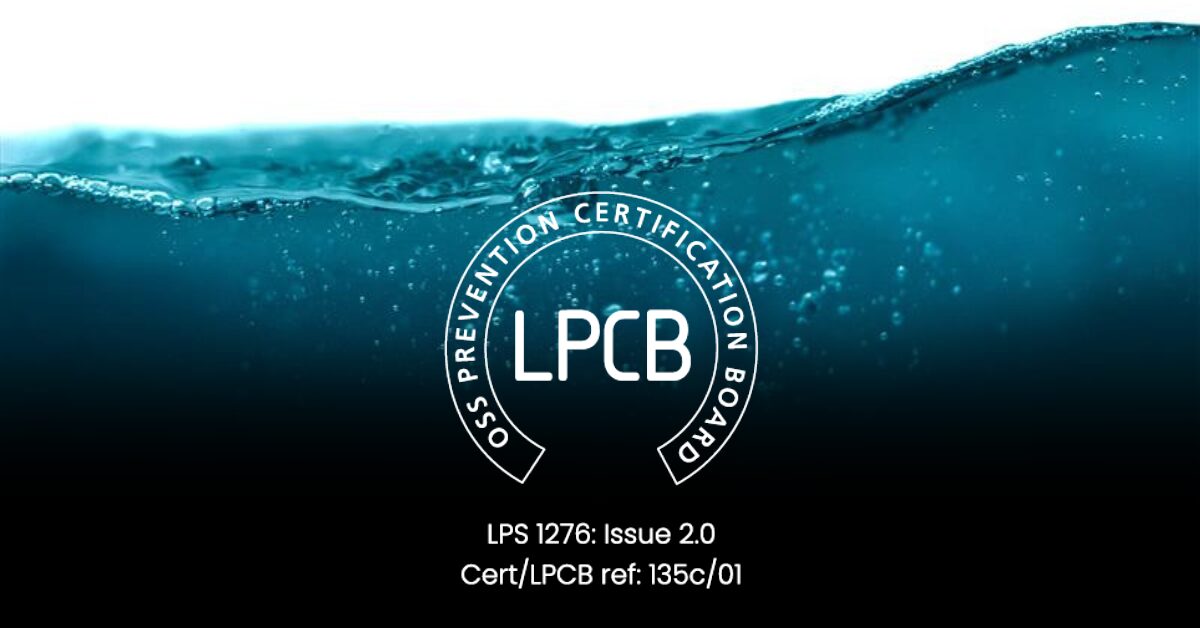
LPCB Approved Sprinkler Tanks
Our LPCB approved sprinkler tanks are designed and manufactured to the highest safety standards, providing reliable water storage for fire protection systems. Fully certified to meet Loss Prevention Certification Board requirements, these tanks ensure compliance, durability, and peace of mind for critical fire safety applications.
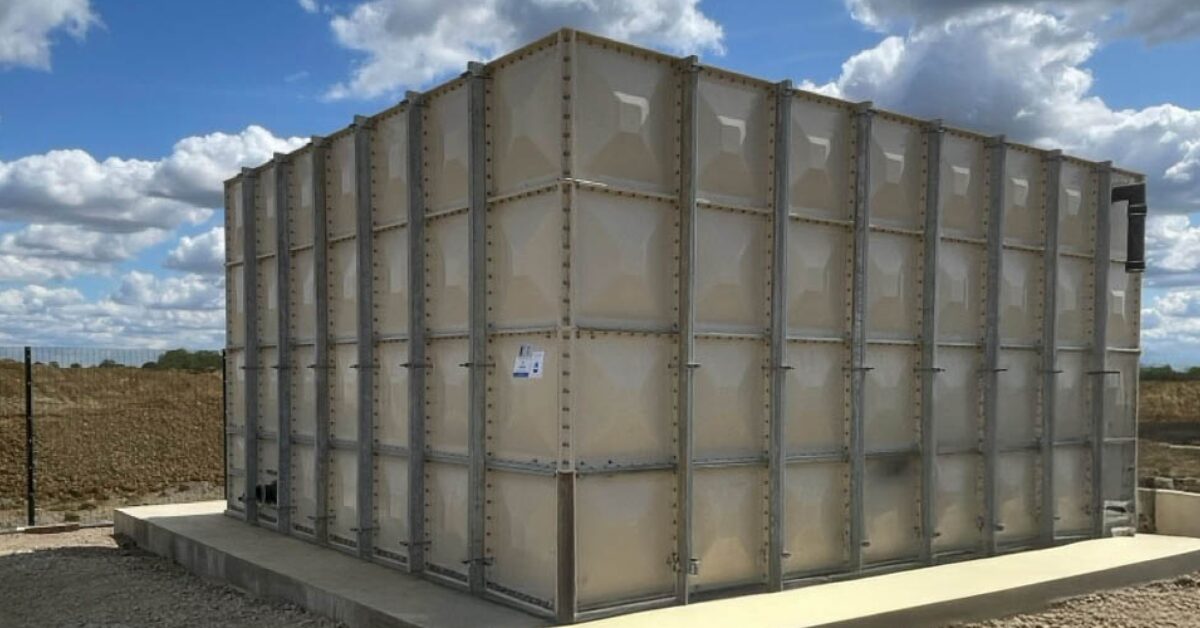
Custom Built Sectional Water Tanks: Tailored Storage for UK Infrastructure
Tricel Water UK delivers custom-built modular water tanks designed to meet the unique demands of modern infrastructure. From restricted access sites to WRAS-approved potable water systems, our bespoke solutions offer flexibility, durability, and full compliance with UK standards.

BS EN 13280 Cold Water Storage Tank Standards | Tricel Water UK
BS EN 13280 is the recognised British and European standard for cold water storage tanks, outlining essential design, construction, and performance requirements. Meeting this standard ensures water storage systems are safe, durable, and fully compliant with UK regulations.
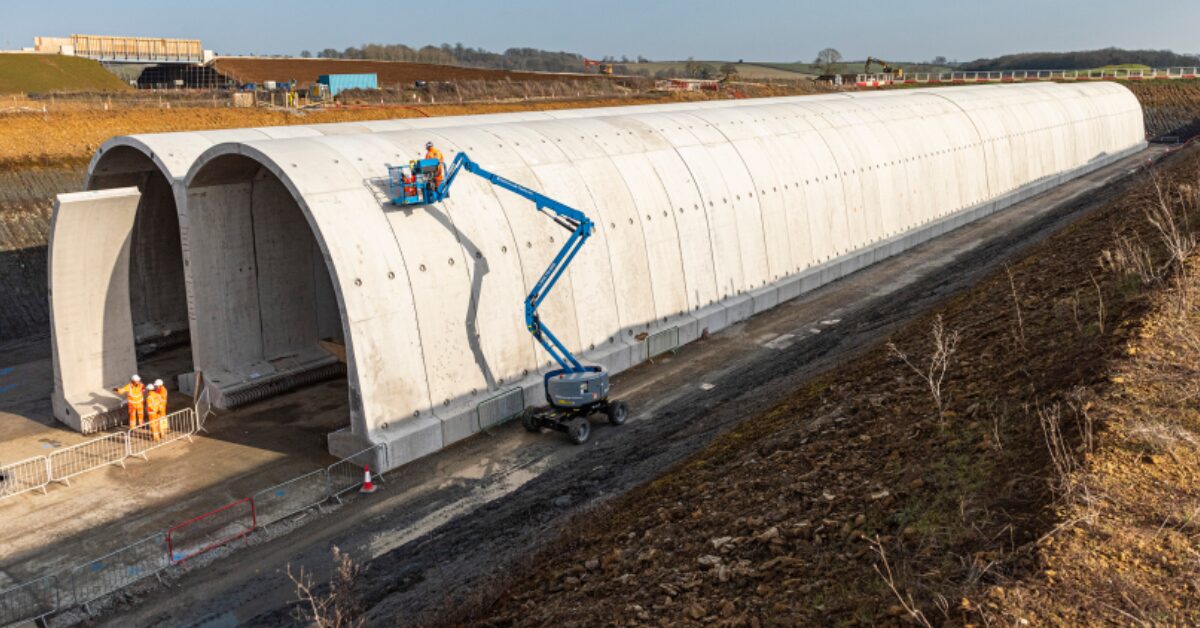
Water Storage Solutions for the UK’s Largest Infrastructure Project
Tricel Water designed, manufactured, and installed two large GRP water tanks (8 m × 7 m × 4 m) for HS2’s Greatworth Green and Chipping Warden Green Tunnel projects. A third tank is planned for early 2026, continuing Tricel Water’s key role in the Green Tunnel programme.
